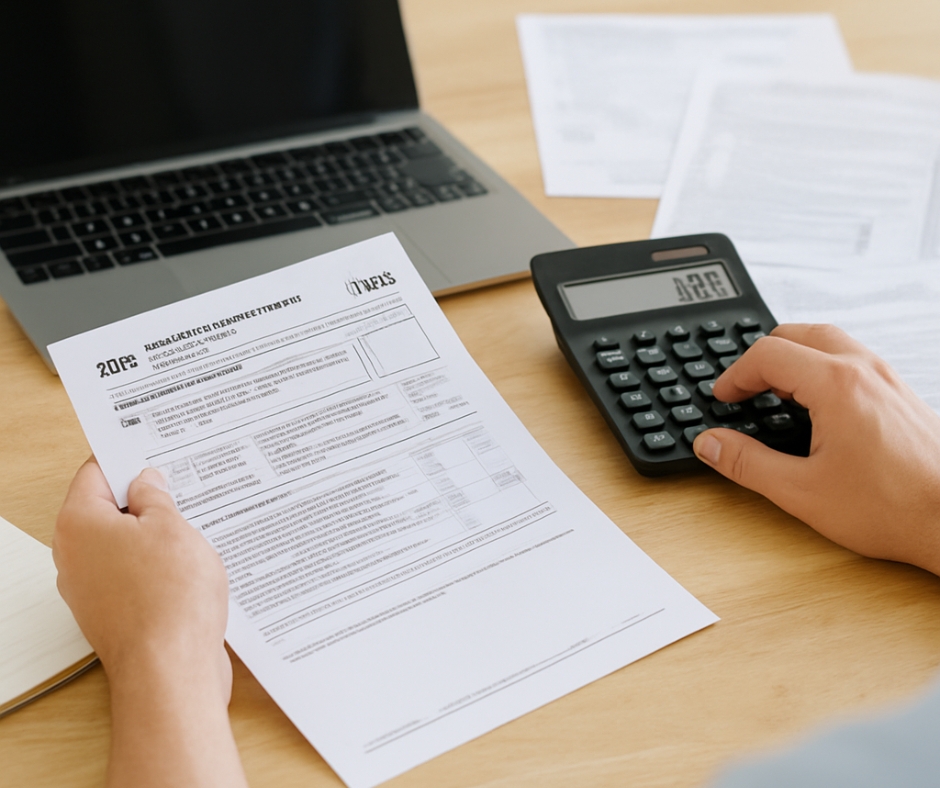When it comes to your digital marketing efforts, tracking and measuring ROI is crucial. Without it, you risk spending time and money on tactics that don’t contribute to your goals. By understanding how to track and measure your digital marketing ROI, you make better, data-driven decisions.
Set Clear Goals
Start with clear and achievable marketing goals. Whether you aim for brand awareness, lead generation, or sales, having specific targets guides your strategy. A clear goal makes it easier to measure your success and provides a benchmark for your ROI.
Use Analytics Tools
Digital marketing ROI heavily relies on accurate data. By using analytics tools like Google Analytics, you gain insights into your campaigns’ performance. These tools allow you to monitor website traffic, user behavior, and conversion rates. Accurate tracking shows which efforts drive results, helping you adjust strategies effectively.
Track Conversion Metrics
Focusing on conversion metrics is key. Conversion rates, cost per acquisition (CPA), and customer lifetime value (CLV) offer a complete picture of your marketing efforts. When you track these metrics, you identify which channels are most profitable. For example, if your CPA is high, it may indicate that certain strategies need reevaluation.
Calculate ROI
To measure digital marketing ROI, use a simple formula: (Net Profit / Marketing Costs) x 100. This calculation reveals how well your marketing dollars perform. A positive ROI indicates that your marketing efforts pay off, while a negative ROI signals the need for adjustments.
Use UTM Parameters
UTM parameters help you track specific campaigns and sources driving traffic to your website. By adding UTM codes to your links, you determine which strategies bring the most engagement. Detailed tracking using UTMs enables you to refine your digital marketing ROI calculations accurately.6. Monitor Customer Journey
Understanding your customer’s journey provides valuable insights into their behavior and preferences. By mapping the touchpoints, from initial interaction to conversion, you identify areas that need improvement. This holistic view allows for better allocation of resources and higher ROI.
Use A/B Testing
A/B testing is an effective method to optimize your campaigns. By testing different variations, you find out what resonates best with your audience. When you use A/B testing, you base your decisions on data, leading to improved ROI and successful campaigns.
Report and Analyze Regularly
Regular reporting and analysis are vital for ongoing success. By reviewing your ROI reports, you identify trends, strengths, and areas that require enhancement. This continuous process helps fine-tune your strategy, maximizing your digital marketing ROI.
Optimize for Better ROI
Digital marketing is an ever-changing landscape. Staying adaptable and optimizing campaigns ensures you maintain a high ROI. By using the data you’ve tracked, you can make informed adjustments to improve performance over time.













